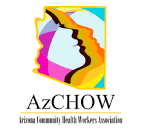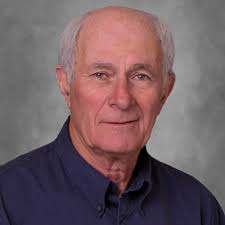Is your organization ready for CHW Voluntary Certification? One way to prepare is to get your training program approved by AzCHOW. The training program approval process ensures that CHW training programs prepare CHWs to understand the 10 Core Competencies and work to the fullest extent of their skills and abilities. You can read more about training program approval using the resources on the AzCHOW website:
- Training Program Review Guidelines: learn about the requirements for training program approval and how to apply
- Step by step guide to training program approval: if you aren’t sure if your organization is ready for training program approval, this guide is for you! It supplies detailed instructions about how to prepare your program and ensure that it has all of the components required for approval.
- CHW Training Program Approval Informational Meeting Recording: this webinar covers the basics of training program approval and what organizations need to know
Technical aid is available. They can meet with your organization to provide support and recommendations to prepare for CHW training program for approval. You can schedule a first meeting with Katy Tucker at kmtucker@arizona.edu.






